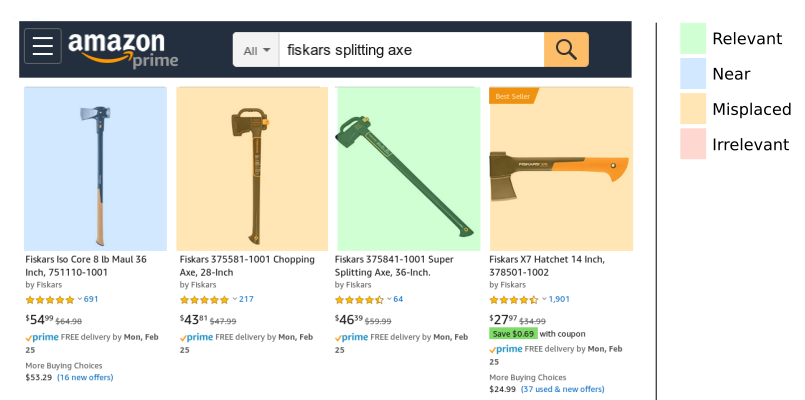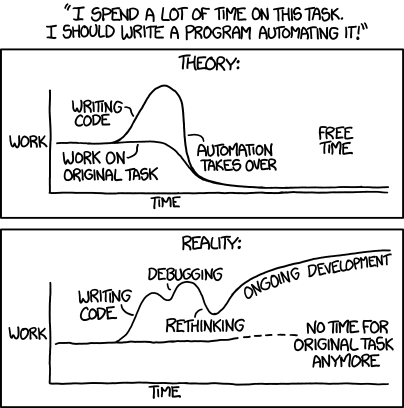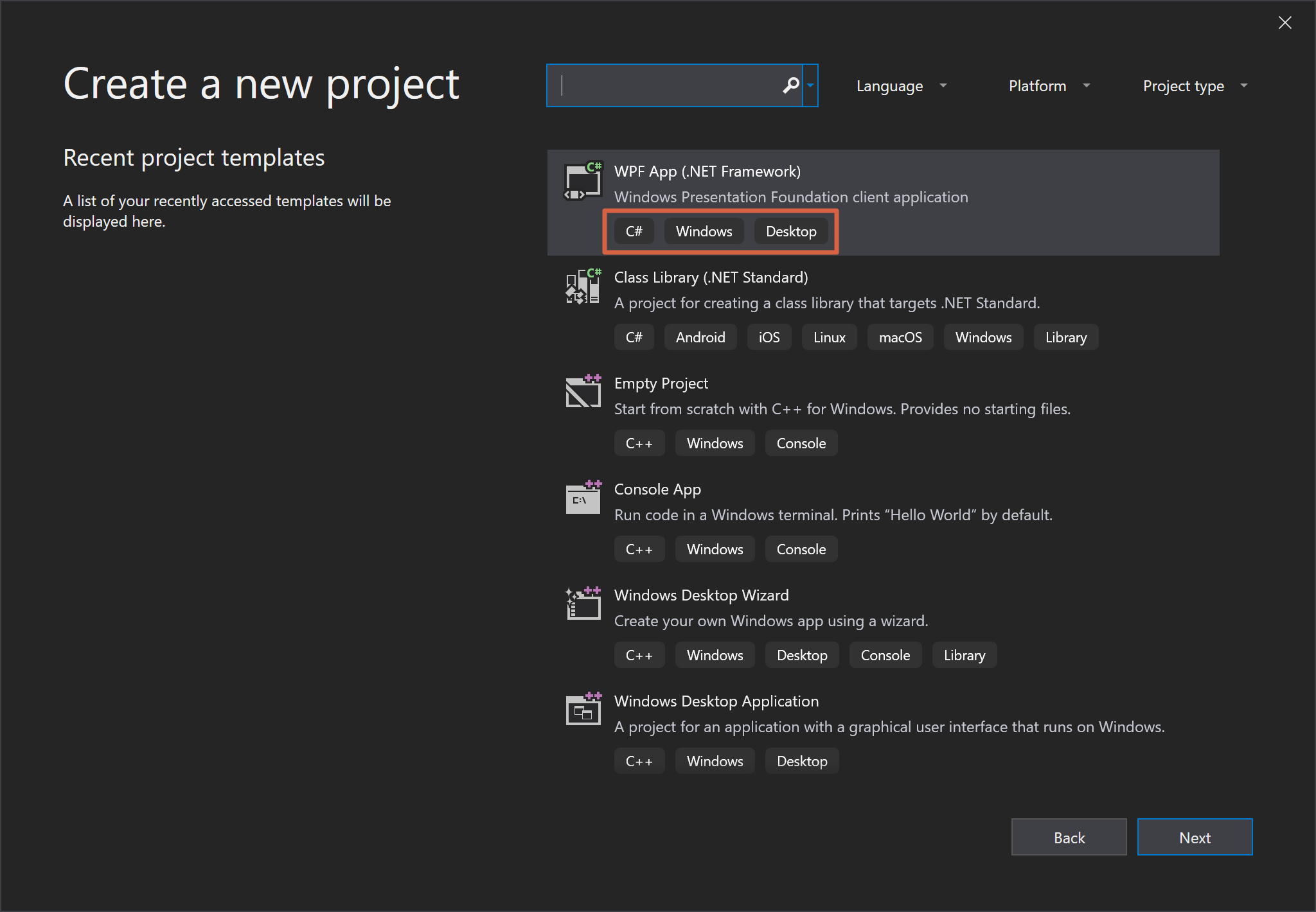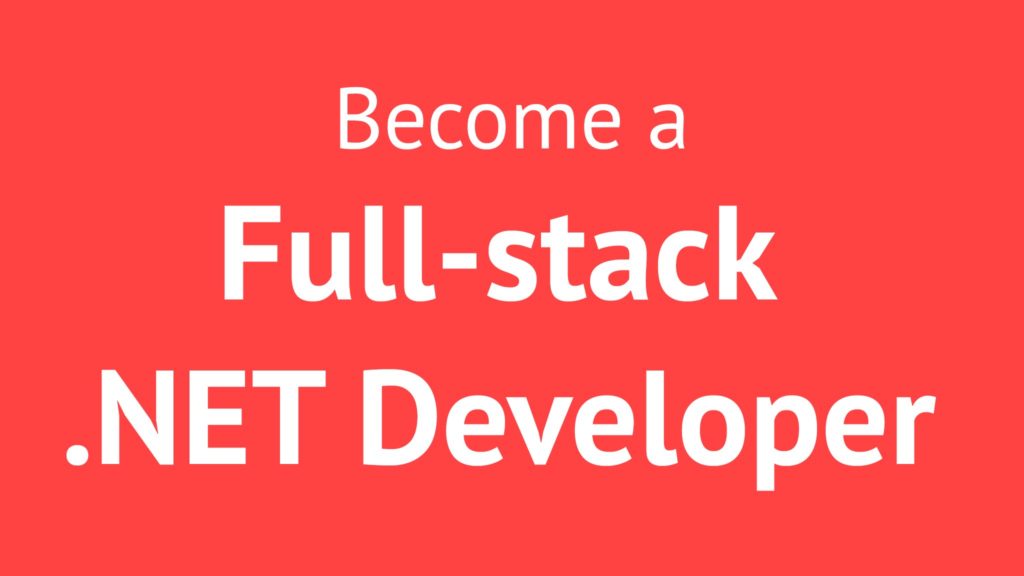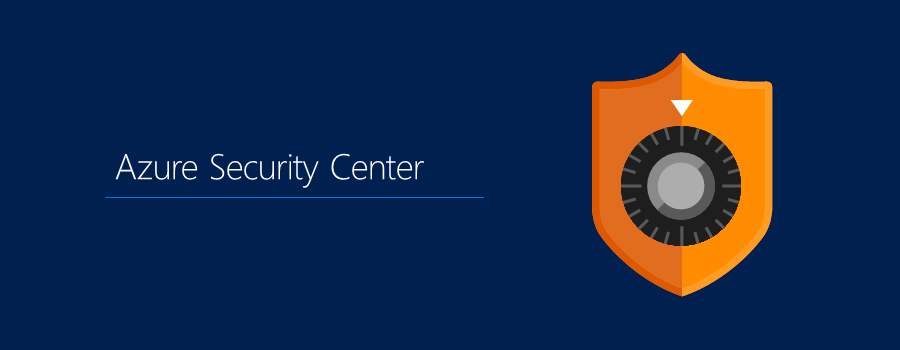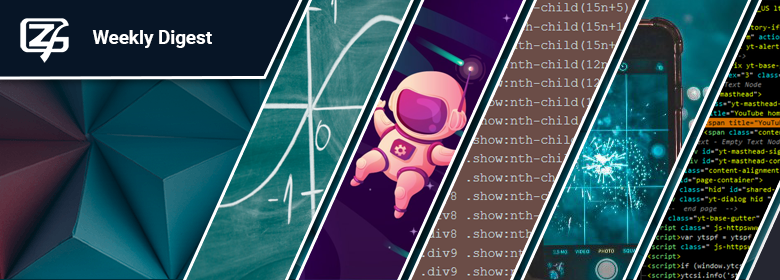Suspending over blocking
This article aims to show how to use Kotlin Coroutines and remove Reaxtive eXtensions (Rx).
Benefits
To start let's consider four benefits of Coroutines over Rx:
Suspending over Blocking
To run non-blocking code using Rx you'd write something like this:
Observable.interval(1, TimeUnit.SECONDS)
.subscribe {
textView.text = "$it seconds have passed"
}Which is effectively creating a new thread. Threads are heavy objects in terms of memory and performance.
Both are critical in the mobile development world.
You can achieve the same behavior using the following snippet:
launch {
var i = 0
while (true){
textView.text = "${it++} seconds have passed"
delay(1000)
}
}Essentially, Coroutines are light-weight threads but we don't create any real thread.
Here we are using non-blocking delay() function, which is a special suspending function that does not block a thread but suspends the Coroutine.
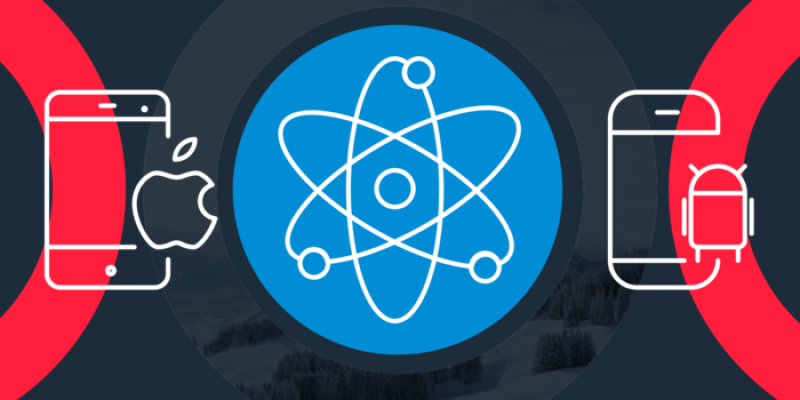



 Today we’re going to talk about one of the modern security mechanism for web applications, namely Web Application Firewall (WAF). We’ll discuss modern WAFs and what they are based on, as well as bypass techniques, how to use them, and why you should never entirely rely on WAF. We’re speaking from the pentesters’ perspective; we’ve never developed WAFs and only collected data from open sources. Thus, we can only refer to our own experience and may be unaware of some peculiarities of WAFs.
Today we’re going to talk about one of the modern security mechanism for web applications, namely Web Application Firewall (WAF). We’ll discuss modern WAFs and what they are based on, as well as bypass techniques, how to use them, and why you should never entirely rely on WAF. We’re speaking from the pentesters’ perspective; we’ve never developed WAFs and only collected data from open sources. Thus, we can only refer to our own experience and may be unaware of some peculiarities of WAFs.